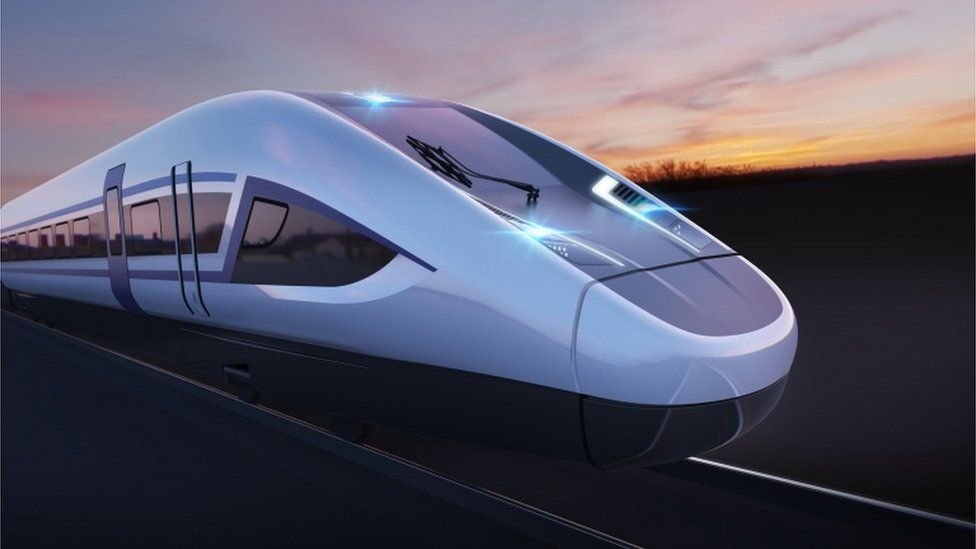For those in the UK, there has been the ongoing debate in regard to the HS/2 project.
The project has had many issues with technical complexities, poor communication, timeline slippage, descoping and cost overruns.
The project was presented as a revolutionary or step change for the UK railways. However, it is a case study in why revolutionary change is very risky and it is often better to implement a regular series of incremental changes to increase value and reduce risk.
What is HS2?
High Speed 2 (or jus HS2) is a major infrastructure project in the United Kingdom designed to create a new high-speed rail network linking London with major cities in the Midlands and the North of England. The project aims to increase rail capacity, reduce travel times, and promote economic growth, while also offering a greener alternative to road and air travel.
It had the following key features:
- High-Speed Rail: Trains will run at speeds of up to 225 mph (360 km/h), making it one of the fastest rail systems in the world.
- Phased Construction:
- Phase 1: Between London (Euston) and Birmingham, shortening the travel time to about 45 minutes.
- Phase 2a: Extending from Birmingham to Crewe.
- Phase 2b: Connecting Manchester and eventually Leeds via two branches. However, plans for the eastern leg to Leeds have been scaled back or delayed.
- Capacity Boost: HS2 will significantly increase capacity on the UK rail network, as the new line will free up space on existing lines for local and freight trains.
- Environmental Impact: HS2 promotes sustainability by encouraging more people to use public transport instead of cars and planes, reducing CO2 emissions. However, it has faced criticism for its environmental disruption during construction, particularly to woodlands and wildlife habitats.
And it promised the following benefits:
- Reduced Travel Times: HS2 will cut travel times between major cities, enhancing connectivity and making long-distance travel more efficient.
- Economic Growth: It aims to stimulate regional economies by connecting cities more effectively, creating jobs, and attracting investment.
- Increased Rail Capacity: By taking long-distance trains off existing lines, HS2 will free up space for more local services and freight, improving the overall rail network.
So what exactly when wrong?
The project has been plagued by several significant issues, leading to cost overruns, delays, and major cuts to the original scope of the project.
- Soaring Costs: Initially estimated at £32 billion in 2012, the cost of HS2 has ballooned, with recent estimates suggesting it could reach nearly £100 billion. The costs for Phase 1 alone (from London to Birmingham) are now expected to range between £49 billion and £66 billion. These increases have been driven by factors such as mismanagement, poor initial budgeting, and rising inflation. The war in Ukraine and the COVID-19 pandemic also caused spikes in material and labour costs
- Delays and Planning Challenges: The project faced numerous delays, particularly at key sites like Euston Station. Issues with local planning, unexpected soft soil conditions along parts of the route, and difficulties in acquiring land added to the timeline and cost overruns
- Scaling Back the Project: In October 2023, (the then) Prime Minister Rishi Sunak announced the cancellation of the northern leg of HS2 beyond Birmingham, citing the project’s spiralling costs. Instead, the £36 billion that would have been spent on extending HS2 to Manchester and Leeds will be reallocated to other transport infrastructure projects across the North of England. This shift aims to deliver more immediate benefits through smaller, less risky projects
- Benefit Concerns: Initially, HS2 was expected to deliver £2.30 in economic benefits for every £1 spent. However, this has been revised significantly downward, with some estimates suggesting that the return may now be as low as 80p per pound invested, raising questions about its overall value
Conclusions.
HS2 has had several material problems and has cost the UK Taxpayers a large amount of money (which is never good news especially with the current cost of living challenges).
There is a long history of large revolutionary or transformatory projects failing because these projects are just too big and complex to manage effectively.
Therefore, it is always better to focus on a number of smaller and more frequency changes which (a) are easier to manage and (b) will provide earlier value to everyone.


Recent Comments